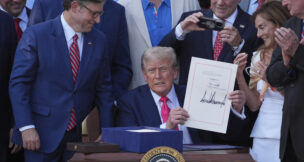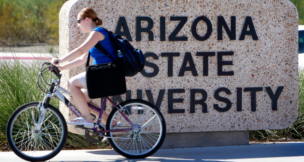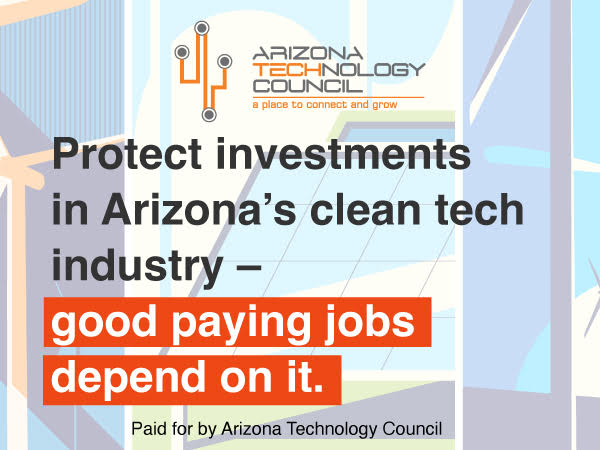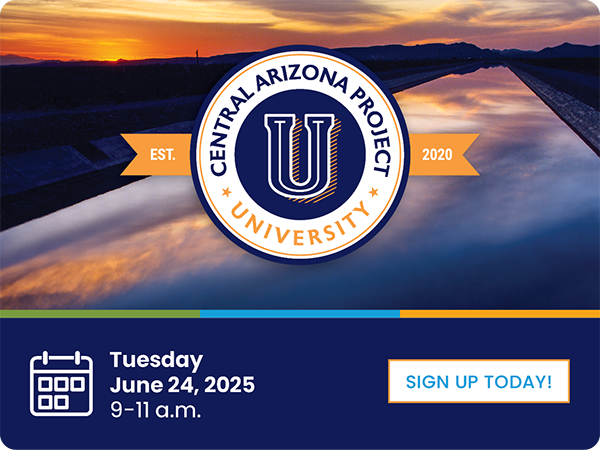Is it really drought contingency or a missed opportunity?
Guest Opinion//April 26, 2019//
Who could have anticipated that there would be reduced flows in the Colorado River and that the water levels in Lake Mead would drop? Who knew that those who got...
No tags for this post.











































